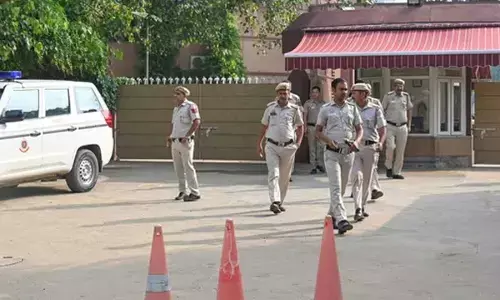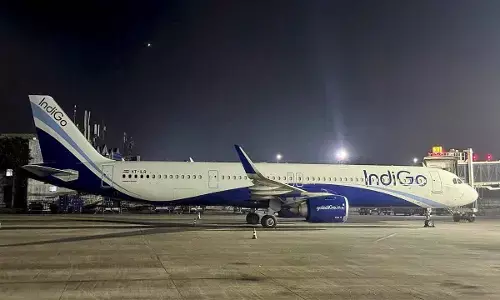Getting the aviation industry to fly high is need of the hour for India

Financially, FY2025 is expected to be almost a mirror image of FY2024 for Indian airlines
The budget allocation for the Ministry of Civil Aviation has seen a considerable increase from INR 4,500 crore in 2023 to INR 6,000 crore in 2024, marking a 33 per cent rise. This surge in funding underscores the government’s commitment to bolster infrastructure, enhancing regional connectivity, and modernizing existing facilities.
The budget has earmarked INR 2,500 crore for the development of new greenfield airports. With plans to construct 17 new airports by 2027, this investment will significantly enhance the aviation infrastructure, particularly in underserved regions. The focus will be on Uttar Pradesh, Bihar, and the Northeast, which have historically lagged behind in aviation connectivity. For the 12 months ending 31March, 2025, we expect domestic traffic to grow by 6-8 per cent year-on-year, to reach 161-164mn airline passengers, up from 153.4mn in FY2024. Meanwhile, international traffic is projected to grow slightly faster at 9-11 per cent year-on-year, to reach 75-78mn passengers (with guidance towards the lower end of the range), up from 69.6mn in FY2024.
Financially, FY2025 is expected to be almost a mirror image of FY2024 for Indian airlines. Airlines are poised to sustain the high yields observed in FY2024, albeit with slight upward pressure on operating costs, primarily driven by manpower and maintenance expenses. Fuel and forex rates are anticipated to remain close to recent levels.
Consequently, the industry is forecast to achieve record revenues of $19.9 billion, with a consolidated loss in the range of $0.4–0.6 billion. However, LCCs are expected to be profitable, with IndiGo (InterGlobe Aviation Ltd) likely to post a profit of around $one billion.
With growth expected to accelerate beyond FY2025 as supply chain issues ease, CAPA India draws attention to the expected emergence of critical skill shortages across the aviation ecosystem, notably in technical roles such as pilots, maintenance engineers and technicians.
The aviation sector has always been keen on allocation of funds and financial incentives to support the domestic maintenance, repair and overhaul (MRO) industry. With a combined order-book of over 1500 aircraft of Indian airlines, reducing reliance on foreign facilities and enhancing local MRO capabilities is essential for positioning India as a global aviation hub. Steps have already been taken in this direction by the implementation of a uniform five per cent tax rate on all imports of aircraft parts and components.
It has been likewise as the sector is desperate for financial support to address the issue of talent shortage by way of incentives for setting up training and skill development institutions not just in metros but also across Tier 2 and Tier 3 cities.
Recognizing the need for a skilled workforce, the government has allocated INR 300 crore for aviation-specific skill development programs. These programs aim to train 50,000 personnel over the next three years, addressing the industry’s skill gap and providing employment opportunities.
“The aviation union budget of 2024 is a landmark for the manufacturing industry as it addresses critical supply concerns as regards labour, land and logistics. The government’s subsidy for formal employment, covering one month’s salary for new hires and EPFO contributions for two years, along with a focus on skilling and relaxed internship rules, is a significant positive. Furthermore, establishing 100 industrial zones and 12 major industrial parks near key cities will greatly ease land availability, complemented by digitised land records facilitating purchases outside these zones. Enhanced port infrastructure will also be pivotal in reducing logistics costs, bolstering the industry’s growth and efficiency,” says Anuj from JJG Aero
“The budget’s initiatives to reduce stamp duty will lower costs for warehouses and other facilities, boosting infrastructure development. Doubling the Mudra loan limits from Rs. 10 lakh to Rs. 20 lakh will enhance support for MSMEs, fostering sustainable growth. Establishing an integrated technology platform to improve the outcome under the Insolvency and Bankruptcy Code (IBC) will facilitate the recovery of outstanding for operational creditors too.


















